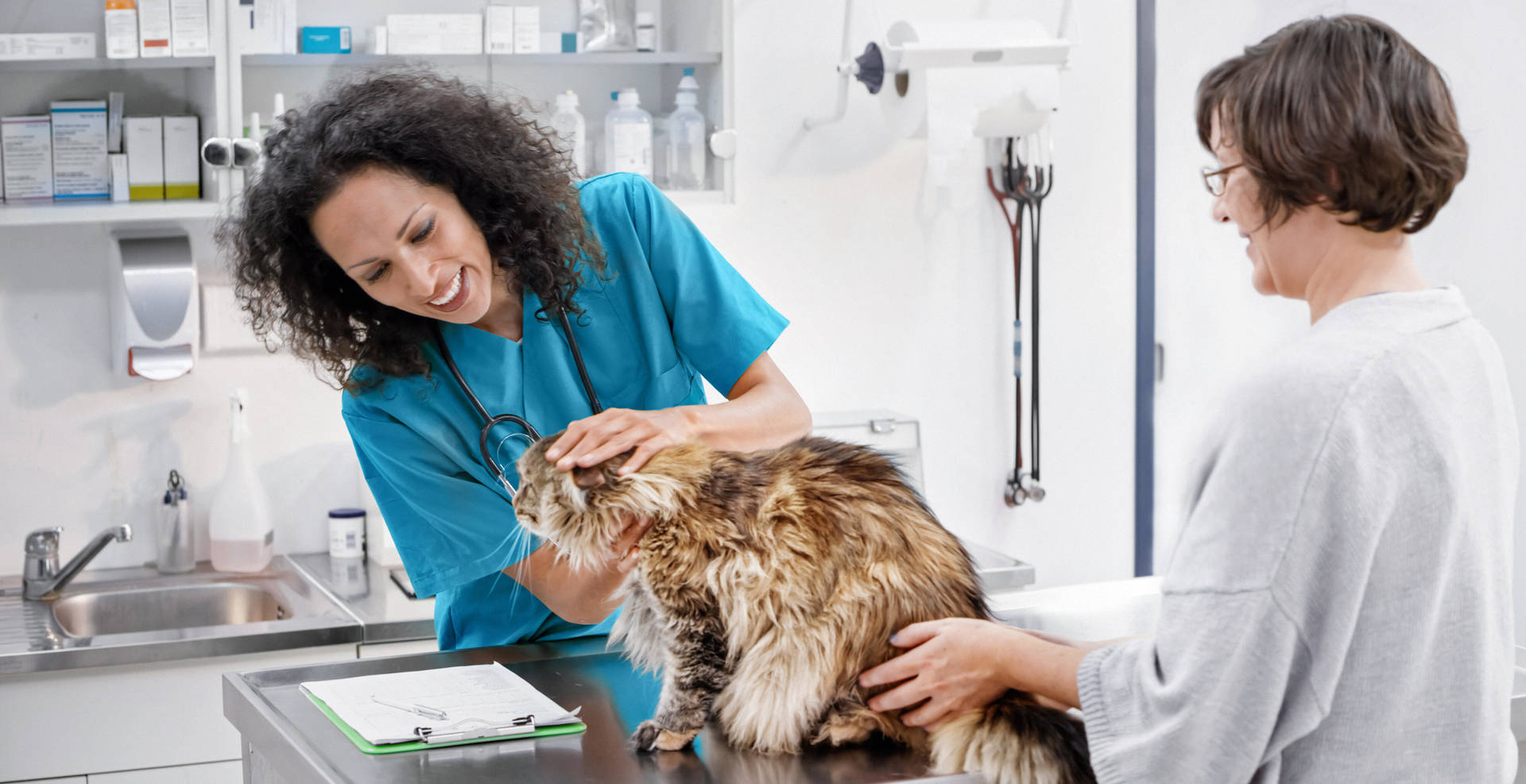Adding new animal health services enhances your practice
By MWI Animal Health

It's no secret that veterinary practices remain in pandemic survival mode. Many feel exhausted, short-staffed, and fed up with cranky clients and long hours. That trying something new may feel like too much is understandable.
Consider this, though. From a personal development standpoint, adding something new now could give your team something to focus on to break out of the doldrums. And, on the competitiveness front, if you add animal health services, you'll be well ahead of those practices who are focusing only on today.
Common considerations for growth marketing
Budgets are a deciding factor, particularly if new offerings require equipment or capital expenses such as facility expansion or remodeling. However, some veterinary care options come with less upfront spending, increased client usage of services, and even the potential to build long-term connections.
In addition to startup costs, continuing education or certification (if any), protocols and quality control measures, and timelines for return on investment, veterinary practice leaders should also consider how their teams and clients will respond. Even the most amazing new animal health services won't fly if people don't buy into new offerings or understand their value.
Growth marketing to build loyalty
Retired now and looking back on 27 years as owners of a pet clinic in Tucson, Arizona, husband and wife, Tom Ireland, DVM, and Tina Ireland, also weighed day-to-day practicality and whether they could offer clients new services affordably.
The Irelands also understand the pressures practices face to stay current with advancements in veterinary medicine and animal health services — for both the health of the business and the health of patients.
Preventive care plans, which can be customized and automated, are a good example of growth marketing that supports veterinary recommendations for ideal pet care and frees up teams for other growth-related efforts. Greater efficiencies come from increased compliance and use of routine services and products.
When clients agree to pet care recommendations because you present them as a package, versus a smattering of one-off recommendations for each individual pet, it smooths things out. Communication is clearer between team members and with clients. Schedules, income, and expenses are more predictable for practice leadership. Team cooperation and flexibility increase, which frees up time and energy for handling sick-pet visits.
"New services can build clientele and loyalty, which is even more important than ever before," Tina Ireland says. "People do not seem to value loyalty like they previously did, and so finding personnel and services that draw clients into your practice can be a game-changer in these turbulent times for the veterinary community."
In exchange for providing more complete care year to year, their clients felt "rewarded" by the savings preventive care plans provided. Some practices offer both a discounted lump-sum option for buying a plan and a more budget-friendly monthly payment version, which can be set up via autopay systems.
Growth marketing messaging
When adding new animal health services, the Irelands typically combined newsletter announcements, in-house promotions, and word of mouth. They also found success with local networking groups in which they could share information with other well-connected people in the community. They also occasionally offered new services at a discount for a limited time to encourage people to try something new that they might have otherwise ignored, a practice that some businesspeople may see as controversial. Especially for new services that patients may need more than once or regularly, a limited discount at first gets people off the fence so they can experience their benefits and value.
Be sure to leverage your client communication systems and tools and to take advantage of marketing help from new service providers and vendors. They often already have integrations and partnerships in place to provide effective client education and marketing materials so that you're not starting from scratch.
As you integrate existing resources for marketing and client communication (or pioneer some of your own), focus on the goal of helping clients understand what the service is, especially if it's something super-new. In addition, make plans to guide them through real-world benefits so that they can quickly grasp exactly how it will help them and their pets. What value does it bring to their lives? For example:
- Veterinary-run online pharmacies protect pets from the risk of counterfeit products purchased elsewhere and provide more comprehensive, integrated care and monitoring.
- In-house grooming gets savvy hands on pets more often to help watch for important changes or catch potential problems early.
- Expanded on-site dentistry services prevent pain and tooth loss by intervening sooner in an environment and with people the pet already knows.
Remember, you must consistently roll out and repeat new messaging before it truly registers. At just about the time you're tired of talking or posting about it is when some people are finally noticing. In addition to in-house marketing and one-to-one conversations with clients at appointments, plan a rollout period of at least six weeks with additional efforts staged in intervals of two to four weeks over several months.
There is no one-size-fits-all strategy for business growth in animal health services. Veterinary practice owners and leaders need to consider what best matches their values and vibe when putting growth marketing into action.
10 questions to ask before adding new animal health services
1. How does this deliver upon your mission?
2. How will it support practice growth and value?
3. How does this upgrade something you already do, potentially saving time and effort?
4. Does this align with the interests, professional growth, and engagement of your practitioners, technicians, and other team members? In other words, are your people not only able to pull this off, but excited to as well?
5. How long will it take to implement? How long until you see measurable results?
6. Is this sustainable and scalable, or could you use it as an iteration for something even better later
7. Where does this fit into daily work?
8. Why does this make you more competitive and fiscally stable? Are you the first? Will it build client loyalty?
9. In what ways can you use new animal health services to connect with potential new clients or strengthen contact with existing ones?
10. How will you explain their value to clients? How will they improve their partnerships with you and their pets' well-being or access to needed care?





